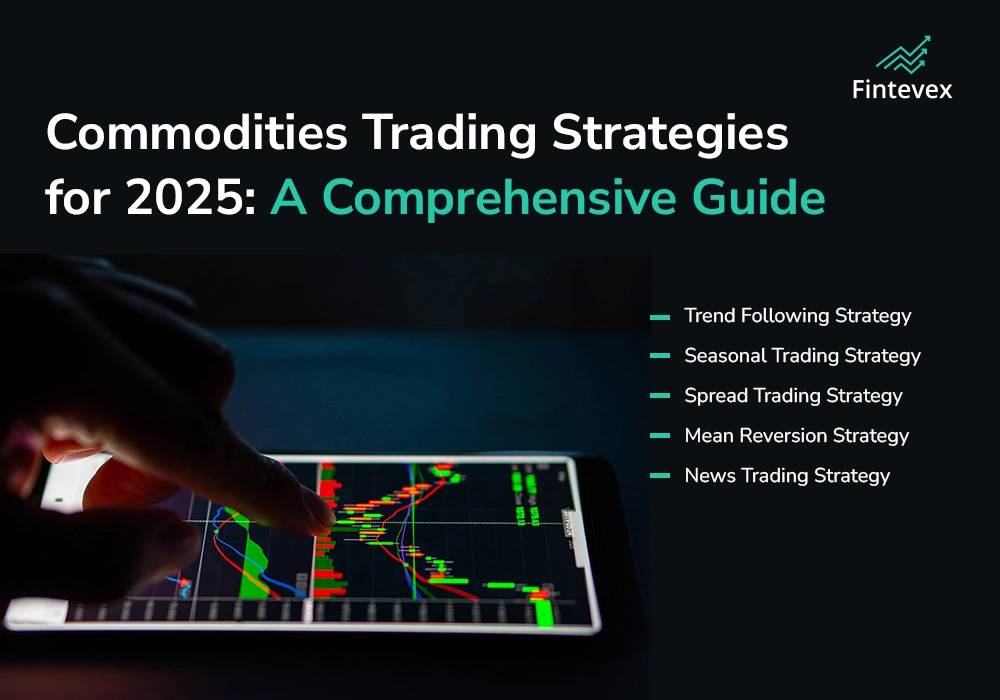The stock market moves at the speed of light due to sensitive financial factors like policies, technology, and investor sentiment. Moving forward into 2025, trends in the stock market will be determined by multiple elements like shift in interest rates, inflation, and the increasing automation in investing. It is crucial for traders and long term investors to understand these aspects in order to deal with the forthcoming uncertainty.

Effective Strategies Regarding Interest Rates and Monetary Policies
How the Federal Reserve manages interest greatly impacts the stock market. Central banks around the globe have struggled in the recent years with the dual goal of mitigating inflation while trying to foster economic growth. Each investment strategy in 2025 is dependent largely on yields generated or interest earned.
In the case that interest rates stay elevated, doing business will become expensive hence reducing the rate at which companies can expand and making profits much harder. This type of environment generally results in subpar growth for credit dependent sectors like real estate and lower tier technologies.
Conversely speaking if lower rates were set, a boost of capital would be infused into these sectors increasing the confidence of investors and potential boom in the equity markets.
Keeping track of the Federal Reserve’s inflation announcements and data are important, as any unforeseen economic policy changes could lead to stock price volatility. Investors must be willing to change their strategies considering the shifting state of monetary policy.
Trends in Inflation and Consumer Spending
Inflation has been problematic over the years, impacting business profits and consumer spending. In the year 2025, inflation will continue to affect the stock market as businesses adjust to higher costs of production and changing consumer spending patterns.
In case high inflation persists, businesses with strong brand loyalty usually outperform during slower economic growth as they are still able to pass consumer increased price sensitivity to some degree. During inflation, investment on basic healthcare services and consumer goods certainly does not decline as they are essential goods regardless of their price.
Discretionary spending among consumers on luxury goods and services such as high end fashion, travel and leisure could experience a decline in economic scenarios affected by high inflation. Some of these sectors would be able to achieve slower growth if people decide to save as opposed to spend. It is essential to analyze a firm’s financial condition and how they set their prices to determine who would best overcome high inflation.
The Impact AI Has on Investment Strategy
The world of finance, including stock market analysis and portfolio management, is being transformed by artificial intelligence. By 2025, it’s predicted that AI powered trading and data analytics will already be commonplace for institutional investors and hedge funds.
AI algorithms trained on extensive datasets can accurately sift through terabytes of information in real-time, providing them with exponentially more trading opportunities than human analysts could ever dream of. This allows for increased efficiency in the market as AI continues to perfect its predictive modelling and risk assessment processes.
Beyond these predictions, it is clear that companies furthering the development of AI technology, cloud computing, and automation software stand to gain the most. Long-term investors should look to AI driven companies, especially enterprise level solution providers and infrastructure builders for machine learning.
Investment Areas: Technology, Energy, and Health Care
Technology
The growth of the stock market in terms of value remains very volatile. With the raging popularity of AI coupled with cloud computing, and the rapid pace of the cybersecurity and semiconductor industry, this sector boasts the largest growth potential. The ongoing digital transformation of industries means there is a continuously growing need for technologically advanced solutions, which is bound to benefit both seasoned behemoths and emerging companies.
Renewability
As nations across the globe set stringent environmental policies, the pivot towards renewable energy sources is quickly gaining traction. Investments into solar, wind, and hydrogen energy are on the rise, and corporations that are pioneers in the green energy movement are receiving immense funds. Conventional oil and gas companies are also changing by adopting green practices to stay relevant.
Healthcare
This niche still seems to be recession proof with the growing demand for pharmaceuticals, biotechnology, and Med-tech. The boom in aged population and the growth of personalized medicine are heightening funding in biotech companies and healthcare services, making this industry a consistent one for long term investment.
Geopolitical and Global Economic Factors
Global political developments, together with economic stability, affect how the stock market fares. The relations in trade between the major world economies, the disruptions in the supply chains, and wars in crucial parts of the world can all affect the investors’ sentiment.
To give an example, the conflicts between the US and China over trade and technology may affect the multinationals corporations that have global supply chains. The investment environment will also be affected by the conditions emerging in Europe and developing markets.
It is essential that investors keep track of international relations and economic shifts so as to identify market risks and opportunities. Spreading investments across various regions and markets ought to reduce the vulnerability to unforeseen conditions from rising international tensions.

Investment Strategies for 2025
Long-Term Value Investing
Investing in strong companies that are providing consistent growth in earnings, as well as a sturdy financial structure, is considered a long-term strategy. Investors should examine a company’s historical performance during challenging times, its impressive market position, and its future potential.
Rotating Sector Investing
During times of economic shift, investments can be placed in different sectors based on performance. Such sectors include defense and amenities for housing, which are typically robust during economic downturns, while technology and consumer stocks do wonderfully in bull markets.
Risks & Diversified Portfolio
Volatility is a fact that needs to be accepted and thus well managed risk strategies have to be adopted. Potential losses can be lessened by having a diversified portfolio consisting of multiple asset classes, various industries, and even geographic regions. Moreover, some of the cash or bonds can also be placed in reserve to provide cushioning during tough times.
Final Remarks:
For ‘25, investors can look forward to outstanding prospects, but with challenges that are equally daunting. Considerable attention will need to be paid to interest rate policies and trends in inflation and AI growth, as well as sector specific advancements. Staying educated and adopting flexible options will be required in addition to putting primary focus on the value creating prospects in the economy.
Through the use of macroeconomic metrics and the monitoring of global events as well as technology use, traders and investors can make educated indictments for their financial objectives. Investment risk management and portfolio diversification are still very important for any investment method and over strategy.

















